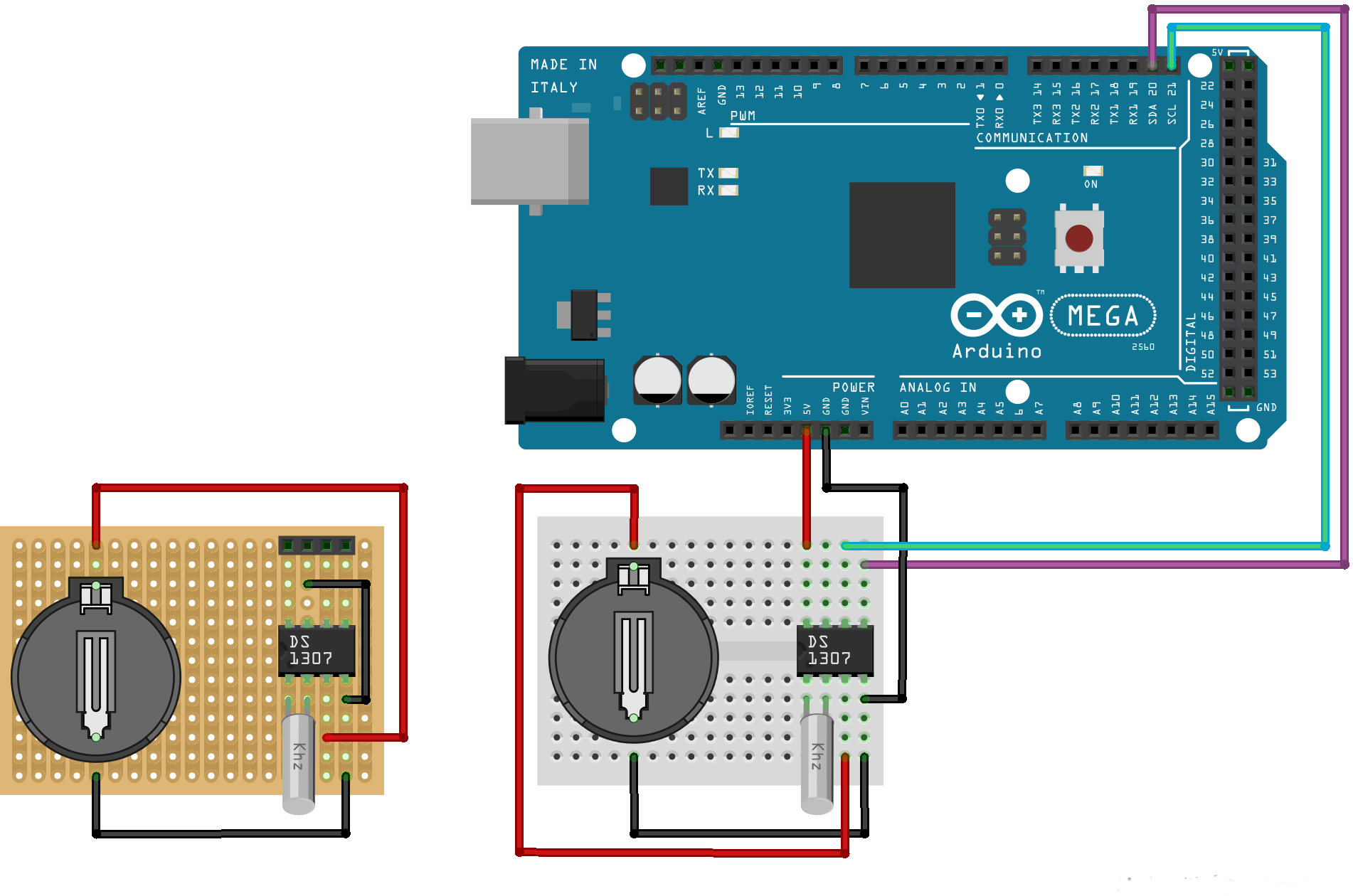I’ve been having some weird crashes on my Debian Sid box over the last couple of days, which seems to be due to an ancient Nvidia bug, reports of which seem to go back to the 295 drivers from 2010, I’m getting problems with the 304 and 325 drivers!
[20638.158211] NVRM: GPU at 0000:01:00: GPU-a71588bd-1a44-5686-1d67-fbad1976d394
[20638.158217] NVRM: Xid (0000:01:00): 13, 0001 00000000 0000e495 000007e4 00000000 00000090
[22520.926368] NVRM: GPU at 0000:01:00: GPU-a71588bd-1a44-5686-1d67-fbad1976d394
[22520.926374] NVRM: Xid (0000:01:00): 13, 0001 00000000 0000e495 00001264 000001a5 00000080
[24428.921381] NVRM: Xid (0000:01:00): 13, 0001 00000000 00000302 00000100 8e7844a0 00000000
[24428.922286] NVRM: Xid (0000:01:00): 13, 0001 00000000 00000302 00000100 8e7844a0 0000ffff
[24430.922272] NVRM: os_schedule: Attempted to yield the CPU while in atomic or interrupt context
[24432.922317] NVRM: Xid (0000:01:00): 12, COCOD 00000001 e0012d00 0000502d 00000100 8e7844a0
[24432.985365] NVRM: Xid (0000:01:00): 13, 0001 00000000 00000302 00000100 8e7844a0 00000000
[24433.051974] NVRM: Xid (0000:01:00): 12, COCOD 00000001 e0012d00 0000502d 00000100 8e7844a0
[24436.972661] NVRM: Xid (0000:01:00): 13, 0001 00000000 0000e495 000018f8 00000000 00000090
So I decided to try the opensource Nouveau drivers instead of Nvidia’s proprietary crap:
